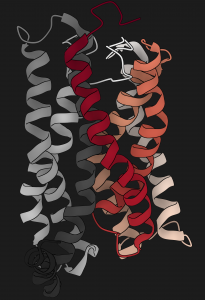Growing evidence suggests that aggregation-prone proteins are both harmful and functional for a cell. How do cellular systems balance the detrimental and beneficial effect of protein aggregation? In this work, we reveal that aggregation-prone proteins are subject to differential transcriptional, translational, and degradation control compared to nonaggregation-prone proteins, which leads to their decreased synthesis, low abundance, and high turnover. Genetic modulators that enhance the aggregation phenotype are enriched in genes that influence expression homeostasis. Moreover, genes encoding aggregation-prone proteins are more likely to be harmful when overexpressed. The trends are evolutionarily conserved and suggest a strategy whereby cellular mechanisms specifically modulate the availability of aggregation-prone proteins to (1) keep concentrations below the critical ones required for aggregation and (2) shift the equilibrium between the monomeric and oligomeric/aggregate form, as explained by Le Chatelier’s principle. This strategy may prevent formation of undesirable aggregates and keep functional assemblies/aggregates under control. The paper can be found here.

